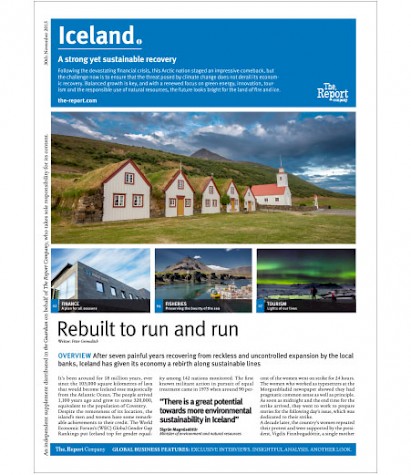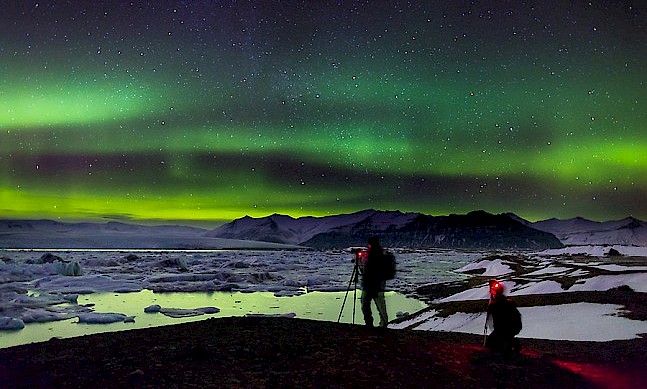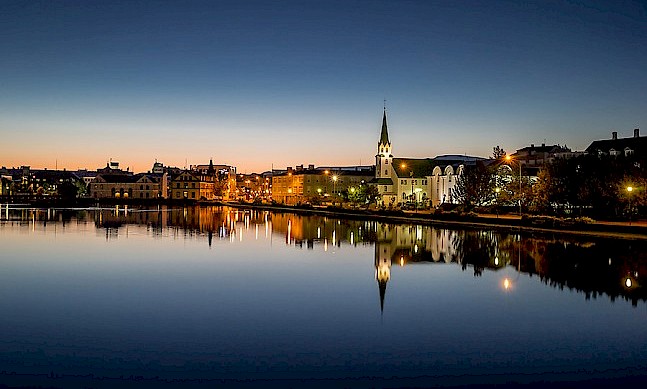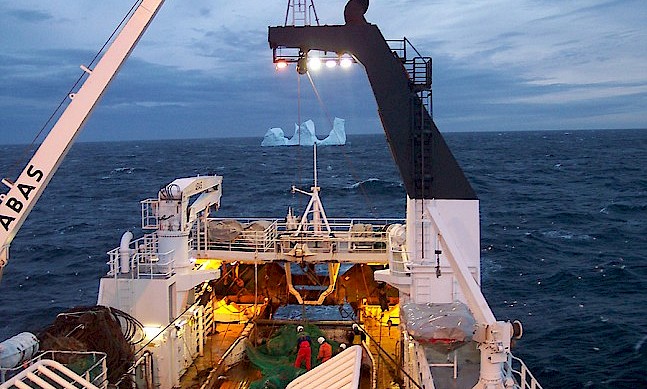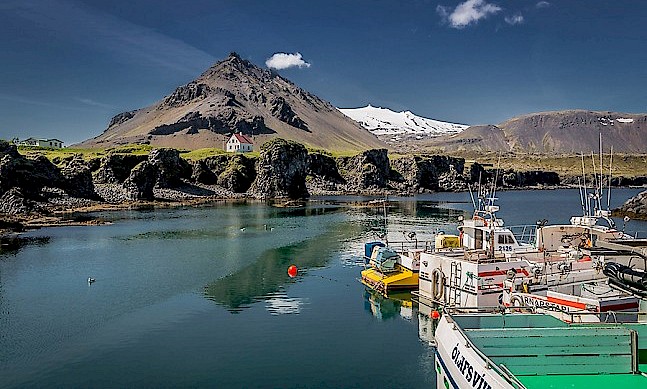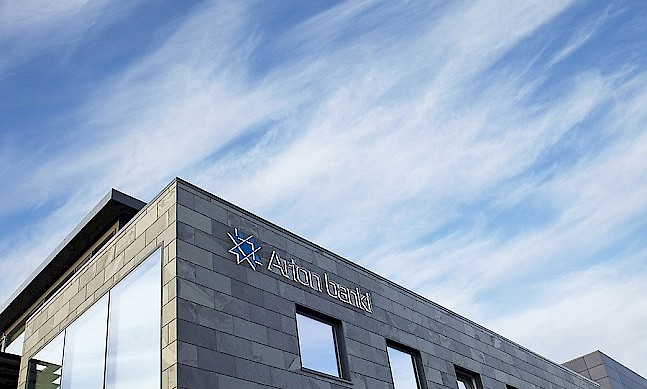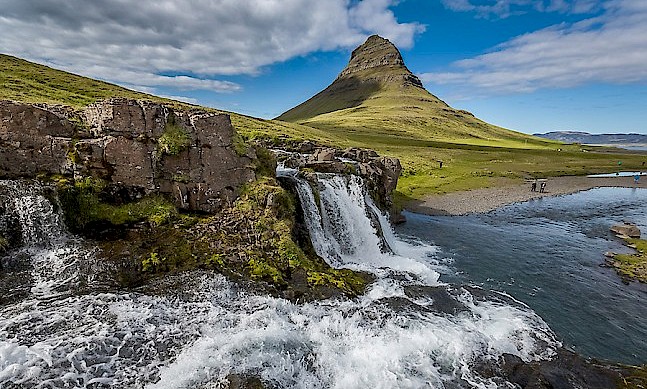Sigrún Magnúsdóttir became Iceland’s environment minister in December 2014. She spoke to The Report Company about the tricky balancing act Iceland has to play between economic growth and environmental protection, and outlined the challenges and opportunities presented by receding ice in the Arctic.
The Report Company: What impact does the Icelandic tourism sector have on the work of your ministry?
Sigrún Magnúsdóttir: We have to ensure that we maintain our spectacular landscapes. We appreciate the growing number of tourists for our economy, but at the same time, it is a great challenge both for our fragile nature and for our society to cope with. This has also changed a lot the last five years or so. We were advertising all over the world to attract tourists to our beautiful country. The message is that we are unique; you cannot see a country like this anywhere else. Then in 2010, Eyjafjallajökull volcano erupted, causing the problem with people being stranded at airports all over Europe and beyond. Iceland became known everywhere. What followed was that suddenly, everyone was talking about Iceland, and since then, the number of tourists has been steadily growing.
This means that the work of our ministry has been redirected towards this new challenge. We need to work out whether we want to have so many tourists coming just to certain places, or if we’d rather direct them more widely over the country. We also need to raise awareness about the diversity of the countryside. When travelling around the country you come across hot springs, steep cliffs, lava, powerful waterfalls and glaciers, to mention a few of the common natural phenomena in Iceland. Caution is therefore an important virtue for travellers – and this is one of the things we need to consider when reacting to the growth in nature-based tourism here in Iceland.
This is why we are currently systematically working on mapping the most important nature sites where tourists go. We are working on building facilities, such as toilets, which probably doesn’t sound a very attractive subject but is necessary if we want to maintain our clean environment. We are also laying down footpaths and other necessary infrastructure. At the same time we’re identifying the most environmentally sensitive areas and fragile nature in order to be able to step in if protection measures are in order. We want to make sure no damage is done on our valuable natural assets.
“After Eyjafjallajökull erupted, suddenly, everyone was talking about Iceland, and since then, the number of tourists has been steadily growing”Tweet This
TRC: What is the role of Iceland in the Arctic Council and how important is the conservation of the Arctic?
SM: We are an Arctic country and one of eight countries who are part of the Council. There are offices for two Arctic Council working groups here in Iceland, CAFF and PAME, which are located in Akureyri in the northern part of the country. Facilitated by our president, the Arctic Circle conference is held annually. We are very active when it comes to Arctic issues as it is a big topic for Iceland, not least the marine issues because fisheries is one of our most important industries. We can’t allow the ocean to get spoilt.
TRC: What can Iceland do to improve its environmental sustainability?
SM: Many other countries are looking into reducing fuel consumption and become more energy efficient by insulating their homes, for example. Here in Iceland, all our houses are heated with geothermal hot water, so we are using clean energy in that field. However, we constantly need to seek out all options in order to become greener in other fields. Because we are an island, we have to import almost everything by sea or air, which cause greenhouse gas emissions. We are looking at our ships, and our large fishing fleet, and investigating how we can improve their engines and the types of fuel they are using. This is the aim of some of our innovative firms; they are concentrating on climate-friendly solutions for shipping. We can also do more in terms of emissions from cars, so we are putting in incentives for people to switch their cars from fuel to electricity.
Like other western countries, we are constantly trying to improve resource efficiency, increase sustainable production, promote green innovation and reduce waste in general. I’ve often said that it is one of our main duties towards future generations to treat our resources with the utmost respect and utilise them effectively. Being a country blessed with rich resources, one can say that there is a great potential towards more environmental sustainability in Iceland.
“We believe that people can always do better and that is why we are looking at ways to improve our environmental sustainability”Tweet This
TRC: What would you like people to understand about your ministry’s work?
SM: Iceland is unique with regards to its geothermal energy resources, but we are not content to rely on that for our green credentials; we believe that people can always do better. That is why we are looking at ways to improve our environmental sustainability in areas such as transportation. We also want to help other countries, and have already started to work with other countries to share our knowledge on geothermal energy, which is something we are very proud of.


